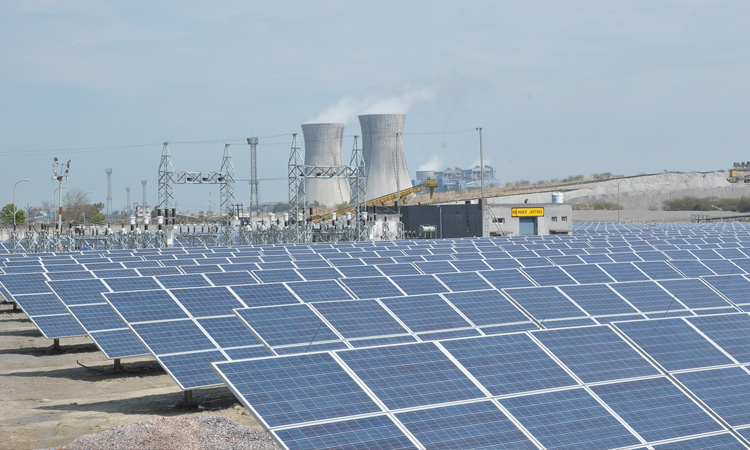Orsted, the once Danish state-owned utility, transitioned from being one of the most coal-intensive utilities in Europe to a global leader in offshore wind energy. A new report from the Institute for Energy Economics and Financial Analysis (IEEFA) charts Orsted’s energy transition journey and provides key insights for India’s massive transformation to its energy sector.
“During Orsted’s transition journey of more than a decade, it has created immense shareholder wealth, as its market capitalization zoomed by 314% since its listing in 2016,” says the report’s author, IEEFA energy finance analyst, Shantanu Srivastava.
“This feat can be attributed to its successfully planned transition strategy, along with transparent sustainability-related disclosures. This is an example where an enterprise has been able to fulfill its goal of dramatic shareholder wealth creation while radically transforming its business model, something which many energy companies around the world are trying to emulate.”
The Indian government has set a huge target of having 450 gigawatts (GW) of installed renewable energy capacity by the end of this decade.
“The Indian public utility sector, along with its private counterparts, will have a huge role to play in realizing this massive goal,” says Srivastava.
“Major utilities such as NTPC Limited and Tata Power have already committed to a green transition, evident in their capital expenditure plans and strategic roadmaps. Pure-play renewable energy companies like Adani Green Energy Limited and ReNew Power present examples of the private sector realizing the potential of this sector and its ability to create enormous returns for its shareholders.
“Into the future, the ability of Indian companies to walk the talk and undertake a profitable transition or growth journey will be paramount to attract capital and grow shareholder wealth.”
Orsted, which has already championed the green energy transition journey, provides valuable lessons for Indian companies, which may face several of the same challenges and opportunities.
Success factors
The report stated Orsted’s journey to becoming one of the leading renewable companies in the world can be attributed to both internal and external factors. Internally, the company’s leadership made sound strategic decisions throughout its transition journey. Externally, the favorable new industry development and subsidy regime in Europe, coupled with a bullish environment for renewables worldwide, provided external tailwinds.
The five major internal strategic decisions included:
1. Committing to energy transition through long-term strategy realignment. Orsted set tangible long-term goals for itself when it came to the addition of renewable energy and phasing out thermal power.
2. Using non-conventional sources of funding through the “farm down” model, divestment of non-core assets and hybrid capital. The company’s funding strategy for its offshore wind projects relied on recycled capital from de-risked operational wind assets, proceeds through the sale of non-core assets which did not fit in the long-term strategy of the company, and using hybrid capital. The limited use of debt gave the company financial flexibility and confidence to handle the operational risks of expanding rapidly into a new field.
3. Gradual de-risking and restructuring of legacy businesses. A major component of the growth strategy was to restructure legacy businesses to support the growth of the offshore wind business. Cash flows from these legacy businesses were used to fund wind farm constructions, and simultaneously de-risked by adding value-added services and operational efficiencies.
4. Using economies of scale to establish cost leadership. Orsted was an early mover in the offshore wind industry. Since its inception, it has made several advancements in establishing technological prowess across the value chain through partnerships and strategic investments. Investments in the offshore wind were made at a size sufficient to capitalize on economies of scale. Having a presence across development, construction, and operation stages gave the company full control over the project’s entire life cycle.
5. Focus on sustainability-related disclosures. The company was a frontrunner in sustainability-related disclosures. Though Danish law mandated corporate sustainability disclosures since 2009, the company was already a member of the UN Global Compact from 2006. Orsted also disclosed its environmental, social and governance (ESG) performance since 2017. A good ESG score coupled with a consistent history of non-financial disclosures helped the company stay on its energy transition track and attract global capital, as witnessed in its sustained share price performance over the years.
This content is protected by copyright and may not be reused. If you want to cooperate with us and would like to reuse some of our content, please contact: editors@pv-magazine.com.









450GWe…by end of this decade …. or 45GW/yr … may look “huge” but is less than 10% of what India needs to install a 15TW AV_PV System by 2050 to MEET ALL ENERGY NEEDS (not just present Electricity Users).